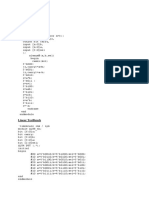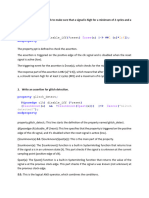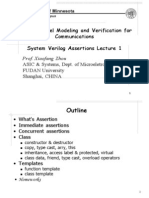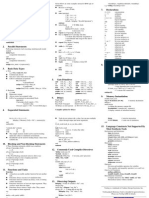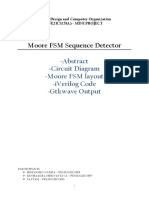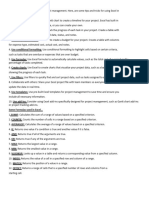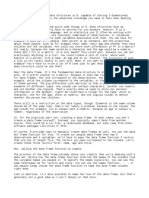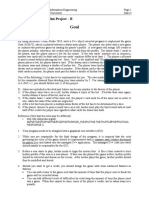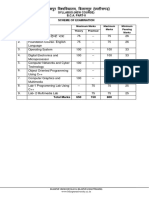0% found this document useful (0 votes)
75 views22 pagesAssertions Codes
The document contains a series of SystemVerilog assertion properties implemented in various modules. Each property describes specific conditions that must be met for signals in a digital circuit, such as timing relationships and signal dependencies. The modules include testbenches that randomly generate signal values and assert the properties to verify their correctness.
Uploaded by
20501a0404Copyright
© © All Rights Reserved
We take content rights seriously. If you suspect this is your content, claim it here.
Available Formats
Download as PDF, TXT or read online on Scribd
0% found this document useful (0 votes)
75 views22 pagesAssertions Codes
The document contains a series of SystemVerilog assertion properties implemented in various modules. Each property describes specific conditions that must be met for signals in a digital circuit, such as timing relationships and signal dependencies. The modules include testbenches that randomly generate signal values and assert the properties to verify their correctness.
Uploaded by
20501a0404Copyright
© © All Rights Reserved
We take content rights seriously. If you suspect this is your content, claim it here.
Available Formats
Download as PDF, TXT or read online on Scribd
/ 22











